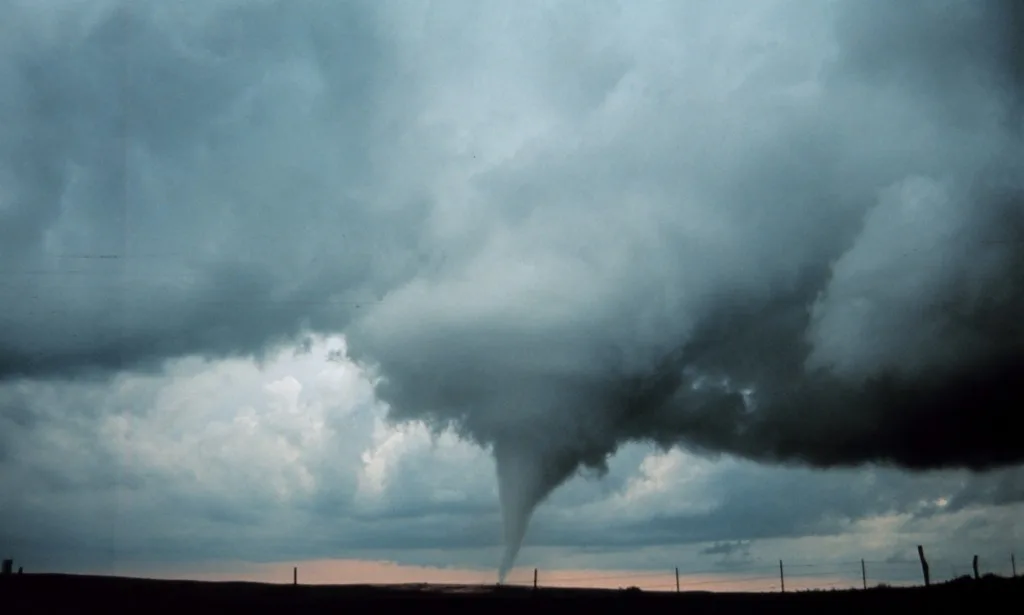The deadly tornadoes that hit the U.S. Midwest in May should be a wake-up call for us all to make sure we do what we can to prepare for the brutal effects of severe weather. In Canada, tornado season typically runs between March and October, with activity peaking in late June or early July. Often accompanied by thunder, lightning and high winds, these dangerous storms leave a path of destruction in their wake – the average tornado causes a damage swath of about six kilometres in length. The risk is greater if you live in Southern Ontario, Southern Quebec, Atlantic Canada or the Prairies.
Insured losses from natural catastrophes in Canada are now at or near one billion dollars a year, according to the Insurance Bureau of Canada (IBC). Of course the cost in human suffering is beyond measurement with lives lost, people injured, homes destroyed, trees uprooted, cars smashed and roads washed out. I can’t imagine dealing with the aftermath of such a disaster even after responding to the Red River flood in 1997 in southern Manitoba to help residents clean up from the massive damage caused .
If you think a Tornado like the ones hitting Oklahoma can’t happen here, think again! In August, 2011 an F3 tornado hit Goderich Ontario which severely damaged the historic downtown and many homes in the surrounding area. The Tornado resulted in the death of one person and caused dozens of others people to be injured. The insurance industry paid claims of more than $110 million to help people put their lives back together.
Here’s how you can help to protect your family from damage created by severe weather.
- Assemble an emergency supply kit. Have a 72-‐hour kit ready before disaster strikes. It should include: water, non-perishable foods, battery-powered radio, flashlight, extra batteries, first aid kit, sturdy shoes for each family member, identification, cash and special needs items such as prescription medications. For a complete list of emergency supplies, visit www.getprepared.ca.
- Improvements to your home may help reduce the risk of damage. There are practical ways to get your home ready for a tornado such as installing impact-resistant windows and anchoring heavy items that could become flying debris. Items such as patio furniture and garbage cans should be secured to avoid becoming high-speed projectiles.
- Prepare a detailed home inventory in case you have to make an insurance claim. Taking stock of your possessions will be invaluable in the event damages occur. An easy-to-use home inventory form is available under the Resources tab on ibc.ca.
For more information on getting ready for Tornadoes read this brochure. Are you covered?
Do your kids know what to do should a natural disaster occur?

Elizabeth Lampman is a coffee-fuelled Mom of 2 girls and lives in Hamilton, Ontario. She enjoys travelling, developing easy recipes, crafting, taking on diy projects, travelling and saving money!



kathy downey
Friday 12th of September 2014
You can never be to prepared,but you need to have the basic s for sure